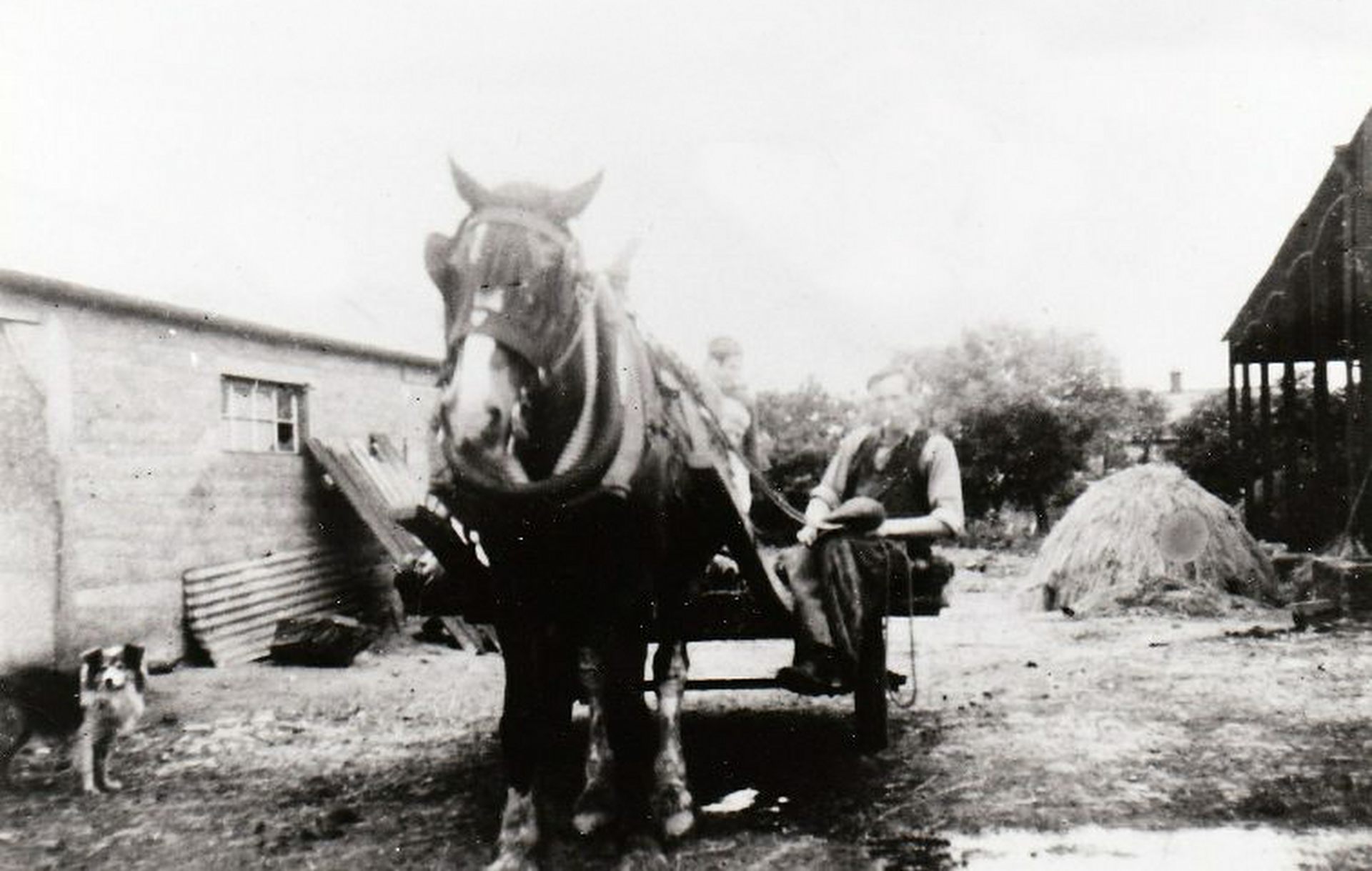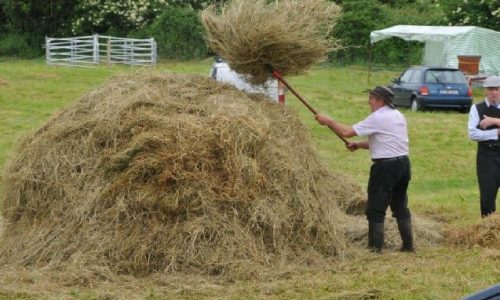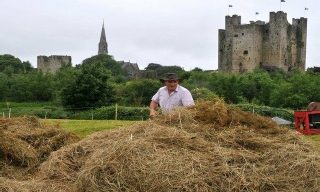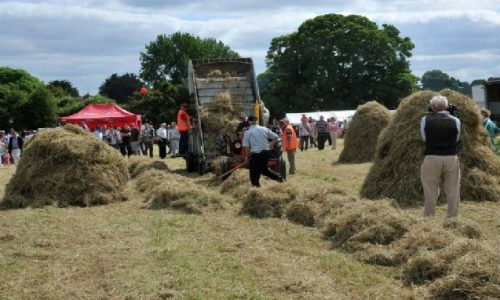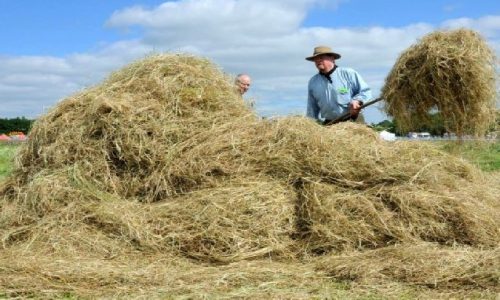TRIM HAYMAKING FESTIVAL
Scurlogstown Olympiad, Co. Meath
THMF is a fun filled family event promoting the cultural history of rural Ireland and Irish heritage in general. Achieved through music, song and dance as well as displaying traditional work methods & pastimes, with Guinness World Record attempts; it is a magical day that is caters for all ages.
We have many sections and events on the day ranging from traders and their stalls and markets to kids fun areas. Listen to poetry or dance away at live music stages with some of the best acts in traditional Irish and country music.
With pet farms & various exhibitions, there is always a lot of activity going on for all the family to enjoy.
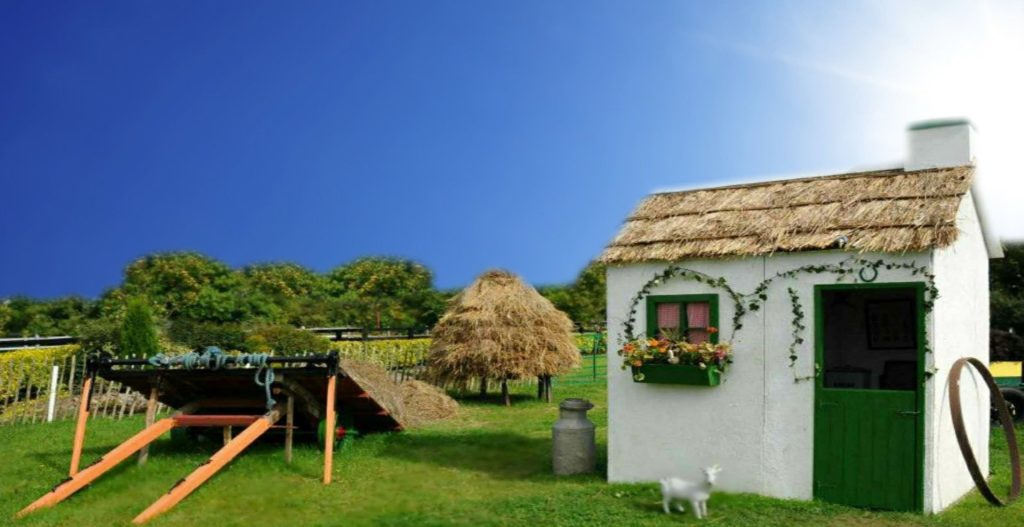
Latest Facebook Posts
THE MAIN EVENT OF THE DAY
Our main event of the day focuses on bringing in of the first hay of the year, by hand or by vintage machinery.
Before the industrial revolution and modern day methods of farming our forefathers were truly unrelenting giants in their fields. The physicality of what they had to endure was astounding.
THE OLD DAYS OF HAYMAKING
Our forefathers would begin preparations for haymaking in the early months of the year. They would often top dress the field with manure which would serve to encourage growth and abundance. This would normally have been carried out using a working farm horse pulling a cart that was carrying the manure. In some cases the work would have been carried out using manpower alone.
In the summer months when the yield was plentiful the process of bringing in the hay begun. Using a scythe was insanely back breaking work and it is what farmers in Ireland used to take in the crop. A scythe was a custom built tool that could be found on every farm across the land. See our Scythe Cutting Competition.
When the hay was eventually gathered and cropped it was left to dry out. In those days you could count on seasonal weather! After periods of time the hay would be turned so the bottom half enjoyed as much sunshine as the top. The drying out process usually lasted weeks. It would then be pitch forked into haystacks which would have hay ropes twisted around the stacks to keep them secure.

